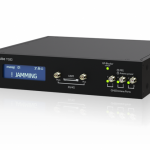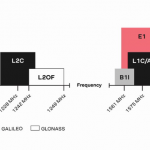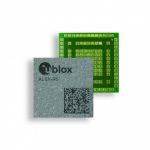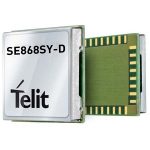A New GNSS Receiver Targets the New Space Market of Smaller Satellites in Weather, Telecomm
The European GNSS Agency (GSA) awarded a 1 million-euro research contract to RUAG Space for a study to increase the accuracy of space data provided by climate and environmental satellites.
By Inside GNSS













